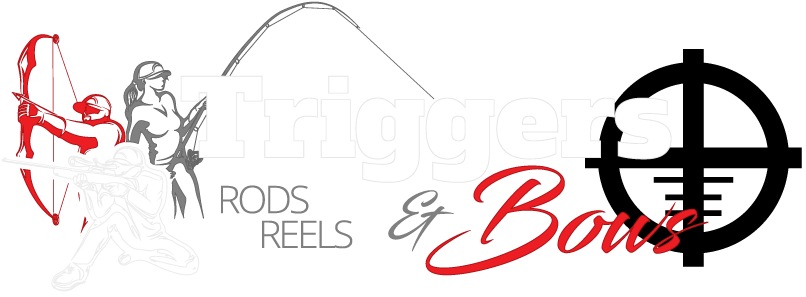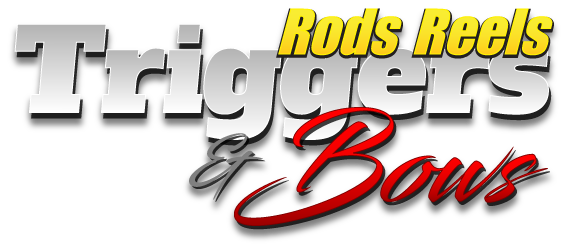How to Choose an Arrow Shaft
When it comes to archery, selecting the right arrow is just as important as choosing the right bow. The weight, stiffness, and material of your arrow all directly impact how well it flies and how your bow performs. Using the wrong arrow can lead to poor accuracy—or worse—damage to your bow.
Let’s break down what you need to know to confidently choose the right arrows for your setup.
What does arrow spine mean?
The arrow spine refers to the stiffness—or flexibility—of the arrow shaft. Arrows must flex as they leave the bow to fly straight. If an arrow is too stiff or too flexible, it will veer off course.
When shot, a properly matched arrow bends around the bow riser and quickly straightens out in flight—a phenomenon called the Archer’s Paradox. Getting the right spine ensures your arrows recover quickly and hit where you aim.
How do I pick the right spine for my bow?
Picking the right spine involves a few key factors:
Bow Type and Setup: Recurve, compound, and traditional bows can have different spine needs, especially with different tuning setups.
Bow Poundage: Higher draw weights require stiffer arrows.
Arrow Length: Longer arrows need to be stiffer to maintain stability.
Point Weight: Heavier tips require a stiffer shaft to compensate for added forward weight.
What Happens If the Spine Is Wrong?
Too Stiff: The arrow won't flex properly, causing it to kick away from the bow and miss to one side.
Too Weak: The arrow will flex too much and wobble through the air, leading to inconsistent accuracy.
Arrow manufacturers provide spine charts to match your draw weight, arrow length, and point weight. These charts are a great starting point—but nothing beats testing a few arrows to find what flies best from your bow.
Understanding Arrow Weight
Arrow weight plays a huge role in flight speed, penetration, and energy transfer. Arrows typically fall into three categories:
- Light Arrows: Faster, flatter trajectory, but more affected by wind. Ideal for target shooting.
- Heavy Arrows: Slower but hit harder and penetrate deeper. Better for hunting and windy conditions.
- Mid-Weight Arrows: A balance between speed and power.
Pro Tip: Carbon arrows are lighter than wood or aluminum, but remember to account for the total weight: shaft + point + insert + fletchings + nock.
Why Arrow Weight Matters for Your Bow
Using arrows that are too light can seriously damage your bow. When an arrow is too light, it doesn’t absorb enough of the bow’s energy, causing excessive vibration and stress on the limbs and string. Always follow the minimum arrow weight (measured in Grains Per Pound or GPP) recommended for your bow.
How to Calculate Arrow Weight (GPP)
- Weigh your fully assembled arrow (shaft, tip, insert, fletchings, and nock).
- Divide this weight (in grains) by your bow's draw weight (in pounds).
- Make sure your GPP is above your bow’s minimum requirement.
Example:
A 400-grain arrow shot from a 60 lb bow = 6.67 GPP
Most bows recommend a minimum of 5 to 6 GPP to avoid damage.
Quick Glossary of Key Terms
- Archer’s Paradox: The flexing of an arrow around the bow riser when shot.
- Spine: Measures arrow stiffness. Lower spine numbers = stiffer arrows.
- Grain: A unit of weight. 7,000 grains = 1 pound.
- GPI (Grains Per Inch): Weight of the arrow shaft per inch. Does not include tip, insert, or fletchings.
- GPP (Grains Per Pound): Total arrow weight divided by bow draw weight.
Final Tips



Need Help? Visit Us!
Still have questions? Stop by the store or give us a call! Our in-house archery technician can help you find the perfect arrow for your bow and shooting style. We’re always happy to help you get dialed in and ready to shoot!



